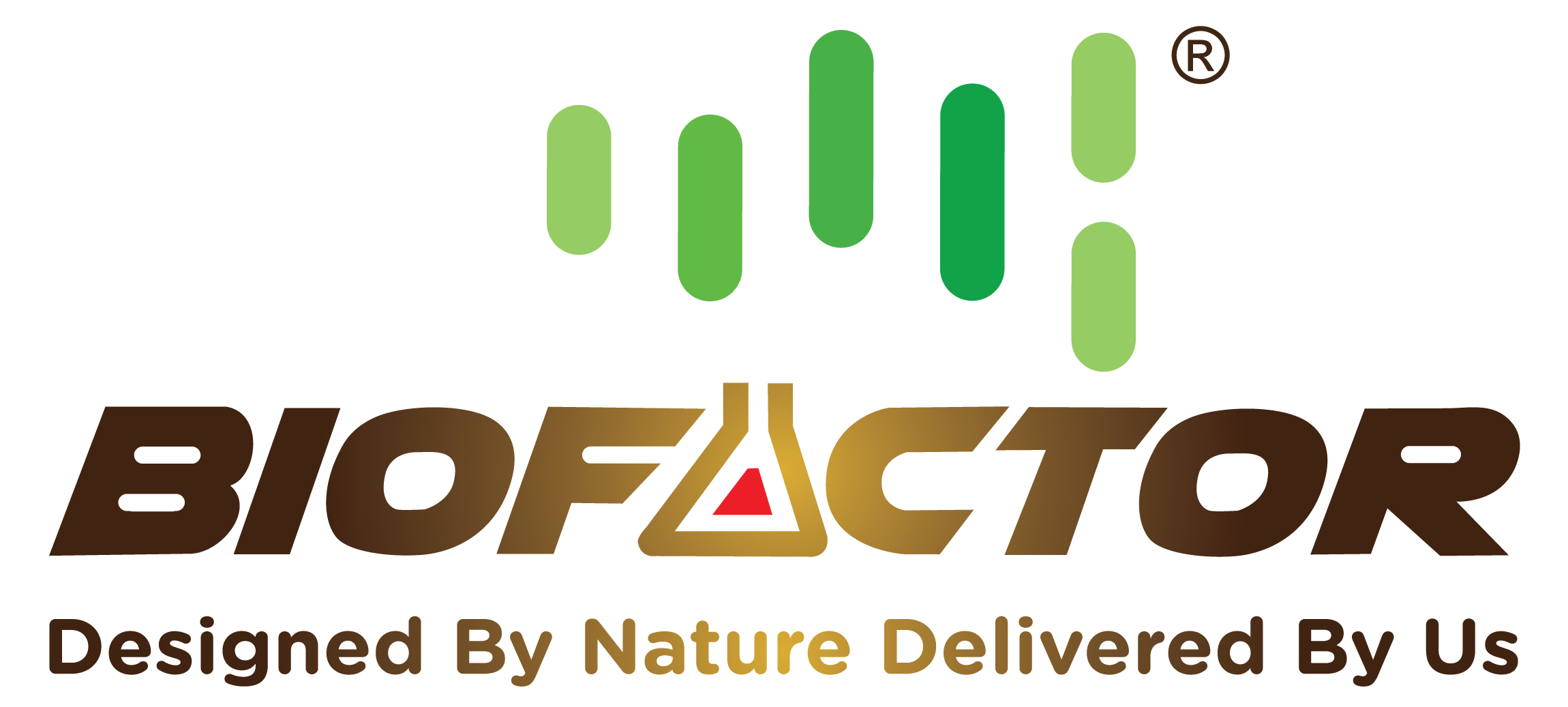What is Aquaculture? Understanding Its Advantages and Disadvantages
In recent years, aquaculture has emerged as a vital solution to address the increasing demand for seafood while minimizing the strain on natural fish
stocks.
But what exactly is aquaculture, and why is it so crucial?
What is Aquaculture?
Aquaculture, often referred to as fish farming, involves the controlled cultivation of aquatic organisms in various environments such as ponds, tanks, and ocean enclosures. It encompasses a diverse range of species including fish like salmon and tilapia, shellfish like shrimp, and plants. Aquaculture contributes significantly to global food security, providing a sustainable source of protein while also supporting livelihoods and economic development in coastal communities worldwide. Additionally, it plays a key role in environmental conservation by reducing overfishing pressure on wild fish stocks. Let’s dive into the depths of this topic to
uncover Aquaculture’s pros and cons.
Pros of Aquaculture:
- Sustainable Food Source: Aquaculture plays a crucial role in meeting the increasing global demand for seafood, which is projected to continue rising as the population grows. By farming fish and shellfish in controlled environments, aquaculture offers a sustainable alternative to traditional fishing methods that often deplete wild fish stocks.
- Economic Growth: Aquaculture provides significant economic benefits by creating jobs and supporting livelihoods, particularly in coastal and rural
communities where employment opportunities may be limited. - Conservation of Wild Stocks: Overfishing and habitat destruction have led to declines in wild fish populations worldwide. Aquaculture helps alleviate pressure on these stocks by providing an alternative source of seafood. By reducing reliance on wild-caught fish, aquaculture supports the
conservation and restoration of marine ecosystems and biodiversity. - Enhanced Food Security: Access to nutritious food is a fundamental human right, yet millions of people around the world still suffer from hunger
and malnutrition. Aquaculture plays a critical role in enhancing food security by providing a reliable source of protein-rich seafood, particularly in regions
where access to fresh fish is limited or seasonal. - Water Conservation: Compared to traditional agriculture, which often requires large amounts of freshwater for irrigation, aquaculture is a more water-efficient food production method. Many aquaculture systems recycle and reuse water, minimizing consumption and reducing the strain on
freshwater resources, particularly in water-scarce regions. - Controlled Environment: Aquaculture facilities allow farmers to control various environmental factors, including water quality, temperature, and
feed supply. By optimizing these conditions, farmers can promote healthy growth and minimize stress among aquatic organisms, leading to higher
yields and improved product quality.
Cons of Aquaculture:
- Nutrient Pollution & Eutrophication:
Aquaculture activities conducted in open water systems may lead to pollution of local water bodies due to the release of excess nutrients from fish feed, waste, antibiotics, and chemicals, disrupting the natural balance of the ecosystem. Moreover, aquaculture facilities frequently release untreated water, containing elevated levels of nutrients such as phosphorus and nitrogen, back into natural water systems. Tragically, this practice often results in eutrophication, a process
characterized by the rapid proliferation of algal blooms. These blooms consume oxygen in the water, creating an inhospitable environment for fish and aquatic plants to flourish. - Disease Transmission: High stocking densities and close confinement in aquaculture facilities create ideal conditions for the spread of diseases
and parasites among farmed fish. - Chemical Use: The use of antibiotics, pesticides, and other chemicals in aquaculture operations can have detrimental effects on water quality,
aquatic biodiversity, and human health. Excessive use of antibiotics can lead to the development of antibiotic-resistant bacteria, posing a threat to
both aquatic organisms and consumers of farmed seafood. - Energy Consumption: Intensive aquaculture systems often require significant energy inputs for water circulation, aeration, heating, and waste
treatment. Energy-intensive processes, such as pumping and filtration, contribute to greenhouse gas emissions and climate change, undermining
the environmental sustainability of aquaculture operations. - Water Use and Pollution: Aquaculture operations can deplete freshwater resources and contribute to water pollution through nutrient
runoff, sedimentation, and the discharge of waste products. Excessive nutrient inputs can lead to eutrophication, algal blooms, and oxygen
depletion in water bodies, disrupting aquatic ecosystems and threatening
biodiversity.
In conclusion, aquaculture offers numerous benefits but also poses challenges that require careful consideration. By promoting responsible
practices and implementing effective regulations, we can unlock the full potential of aquaculture. At Biofactor we are leading the way with our best
aquaculture products, ensuring food security and environmental conservation for generations to come.


